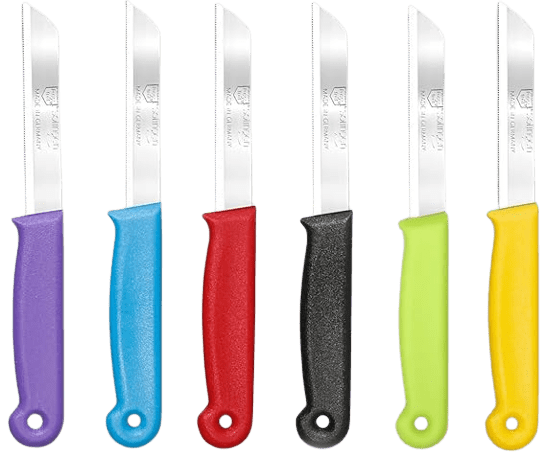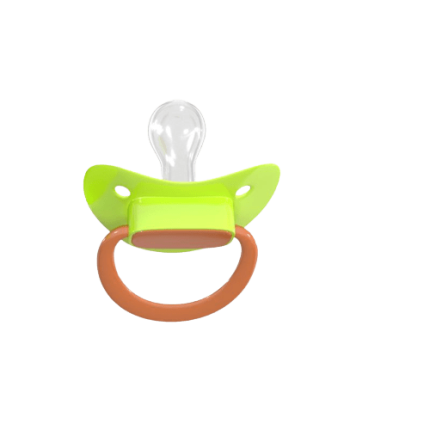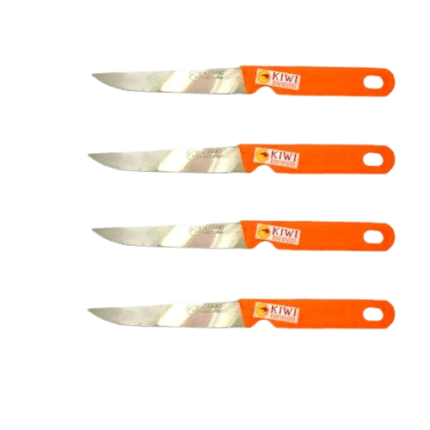A fruit knife is a specialized kitchen tool designed for peeling, slicing, and cutting various types of fruit. It typically features a small, sharp blade that allows for precise cutting and handling of delicate fruit.
Key Features of a Fruit Knife:
- Blade Size: Generally has a small, narrow blade, usually between 2.5 to 4 inches long. This size provides control and precision for detailed work.
- Blade Type: Often has a straight or slightly curved blade that is sharp and fine-edged to cut through fruit skin and flesh easily.
- Handle: Designed with a comfortable grip that allows for easy maneuvering. Handles can be made from various materials, including wood, plastic, or stainless steel.
- Pointed Tip: Many fruit knives have a pointed tip for removing stems, seeds, and cores from fruits.
- Sharpness: The blade is designed to remain sharp to ensure clean cuts and ease of use.
Common Uses:
- Peeling: Ideal for peeling fruits with thin or delicate skins, such as apples, pears, or citrus fruits.
- Slicing: Perfect for slicing fruits like strawberries, kiwis, and melons into smaller pieces.
- Decorative Cutting: Useful for creating fruit garnishes or decorative cuts for presentations and garnishes.
- Removing Seeds and Cores: The pointed tip can help remove seeds, pits, and cores from various fruits.
Tips for Using a Fruit Knife:
- Safety: Use a cutting board to protect surfaces and ensure stable cutting. Always cut away from your fingers to avoid accidents.
- Maintenance: Keep the blade sharp for efficient cutting. Regularly sharpen or hone the knife to maintain its effectiveness.
- Cleaning: Hand wash the knife with warm, soapy water and dry it immediately to prevent rust and damage. Avoid putting it in the dishwasher if the handle material is sensitive to high temperatures.



